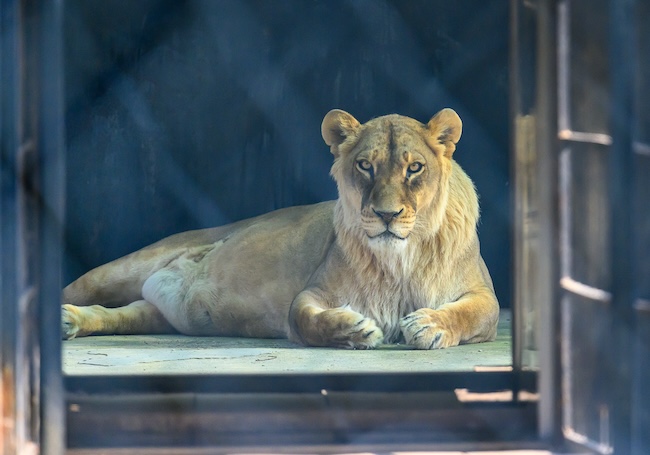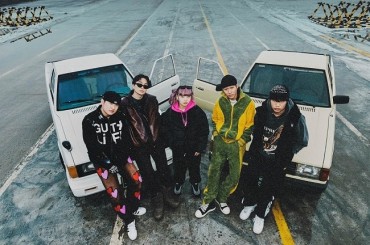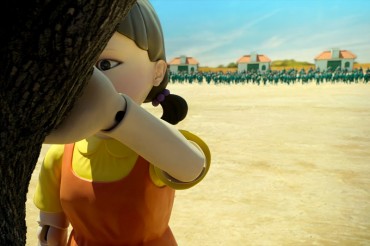CHEONGJU, Jun. 13 (Korea Bizwire) – Zoos have long faced conflicting emotions from visitors over keeping animals in captivity.
Those feelings intensified in South Korea recently after Fu Bao, the beloved “national” panda, was returned to China, where she appeared to be housed in sub-standard conditions compared to her previous home.
Her situation served as a stark reminder that zoos, at their core, are facilities that confine creatures meant to roam freely.
While some may argue for an outright abolition of zoos and the release of all animals into the wild, such demands are impractical.
Animals that have lost their wildness cannot simply be set free without training, a path that would likely lead to their demise.
For endangered species and those with disabilities, zoos can serve as a last refuge for conservation.
On a recent day, this conflicted reality was on vivid display at the Cheongju Zoo.
The facility is already renowned for what it lacks — namely, large animals like elephants that would struggle in its relatively small enclosures and climate vastly different from their native habitats.
There are no traditional animal keepers either; staff members known as “animal welfare officers” tend to the animals, underscoring the zoo’s overarching priority.
The otter habitat stood empty upon entry, until the playful creatures suddenly emerged from the water, diving into the pool to beat the heat with just their faces peeking above the surface.
Elsewhere, a spotted eagle-owl perched undetected for a stretch in the center of its pine-studded enclosure, blending seamlessly with its surroundings thanks to its camouflage.
Even Barami, a rescued lion previously neglected at another zoo, kept largely out of view, sheltering inside to avoid the scorching rays.
“While observation conditions are imperfect, we aim to provide as much space as possible by allowing the animals to move freely between their dens and open-air quarters,” explained a zoo representative.
Was a zoo where animals are rarely seen less entertaining? Quite the opposite.
Every glimpse of Barami stirring, as if to exit his den, elicited excited murmurs from visitors. The fleeting look at the well-camouflaged owl offered a window into how perfectly adapted its plumage is to South Korea’s ubiquitous pine trees.
“Visitor numbers rose 20 to 30 percent last year,” said Kim Jeong-ho, head of the veterinary team at Cheongju Zoo. “We believe the increased traffic, comprised mostly of adults, stems from those dissatisfied with other facilities and seeking an alternative here.”
Though modest in scale with just 2,735 square meters and 35 buildings, Cheongju was not originally envisioned as an “eco-zoo.” It began like most others, displaying animals in sterile concrete pens prioritizing human convenience over natural habitats.
That changed in 2018 when a rescued Asiatic black bear sparked conservation efforts, initiating Cheongju’s transformation into an eco-conscious facility that is now viewed as the pragmatic way forward while zoos remain a necessity.
Enrichment structures are far more plentiful in Cheongju’s enclosures compared to other zoos, allowing animals to inhabit their space vertically despite modest surface areas that cannot match larger zoos like Seoul Grand Park.
While Cheongju lacks the marquee species of larger zoos, it prioritizes conservation through rehabilitation programs aimed at returning rescued wildlife to their natural habitats wherever possible.
The evolving role of Cheongju is further reflected in its accumulation of official designations — as a conservation institute by the Ministry of Environment in 2014, an educational institute by the Ministry of Education in 2020, and a natural monument medical center by the Cultural Heritage Administration in 2021.
In May of this year, it was additionally named South Korea’s first model “eco-zoo” under newly revised laws overseeing the facilities.
As the central region’s model zoo, Cheongju is tasked with assisting and guiding other zoos’ transitions to eco-conscious operations.
However, the Environment Ministry acknowledges challenges, noting most public zoos meet the criteria but few have applied, likely deterred by a dearth of committed support.
Advocates argue more robust funding is needed before others follow Cheongju’s lead.
Lina Jang (linajang@koreabizwire.com)









